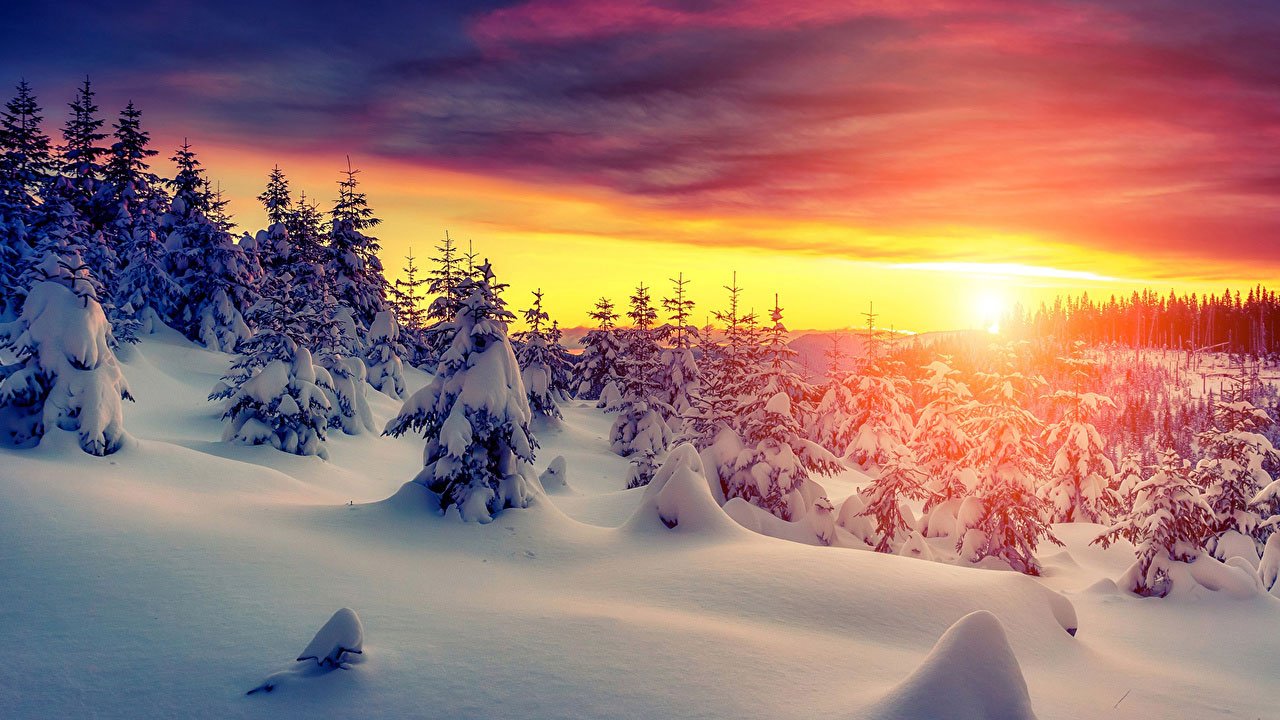What is the Arctic Circle?
The Arctic Circle is an imaginary line that marks the latitude above which the sun does not set on the day of the summer solstice (often referred to as the “midnight sun”) and does not rise on the day of the winter solstice (“polar night”). North of this line, periods of continuous daylight or continuous night last up to several months. The position of the Arctic Circle is not fixed, but depends on the Earth’s axial tilt, which fluctuates due to tidal forces resulting from the orbit of the Moon. The Arctic Circle is currently drifting northwards at a rate of about 15 m per year.
Eight countries lie on the Arctic Circle: Norway, Sweden, Finland, Greenland, Russia, the United States (i.e. Alaska), Canada, and Iceland (the line passes just north of the country’s land area).
Home town of STP’s Finnish Lead Translator
The home town of STP’s Finnish Lead Translator, Katja Hoisko, lies within the Arctic Circle in Finland, close to the Russian border. When asked what it was like to grow up in the Arctic region, Katja says her initial reaction was, “What do you mean? It was perfectly normal.” Then she thought about spinning some yarn, as one does with the folks from down south, about cross-country skiing or kick-sledging to school while swerving reindeer, and how they were allowed to wear their winter coats in the classroom when the temperature dropped down to -40 or -50°C (all true – honest!).
But ultimately, Katja says, what really sets it apart is light: the atmospheric glow of a midsummer night, and the constant twilight of a midwinter day, with the sky painted in cool pastels by the rays escaping from behind the horizon.
Imagine crisp white snow crunching underneath your feet, and you get the picture.
(The original photo for this blog had been taken by Katja in Salla at high noon on January 2010. The banner picture was replaced with the release of STP’s new website)



